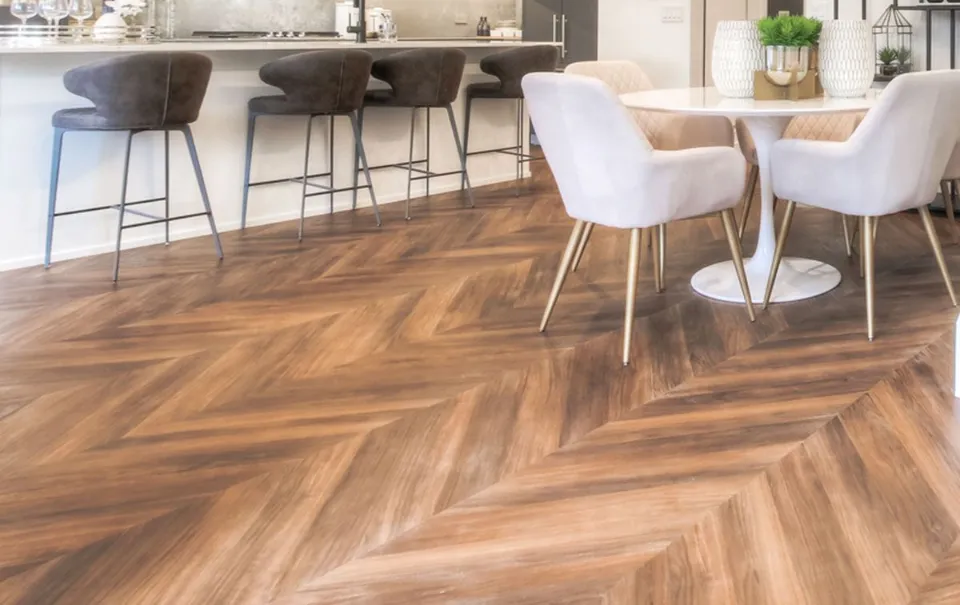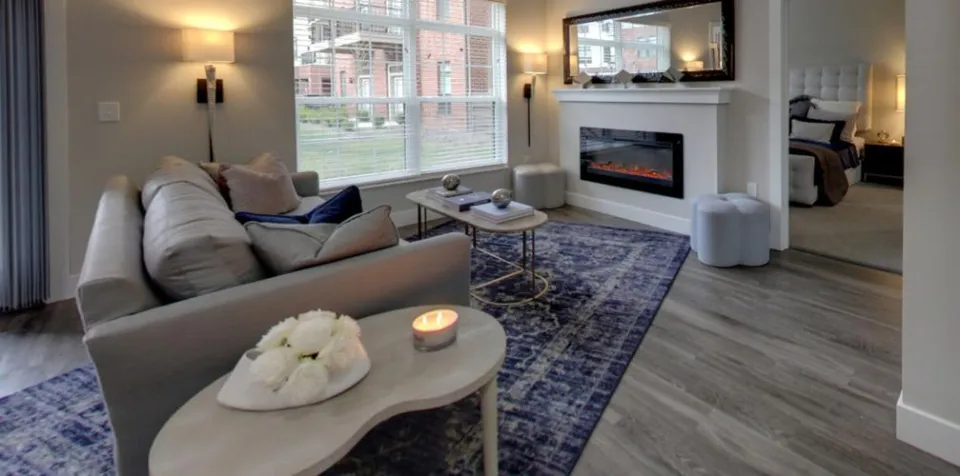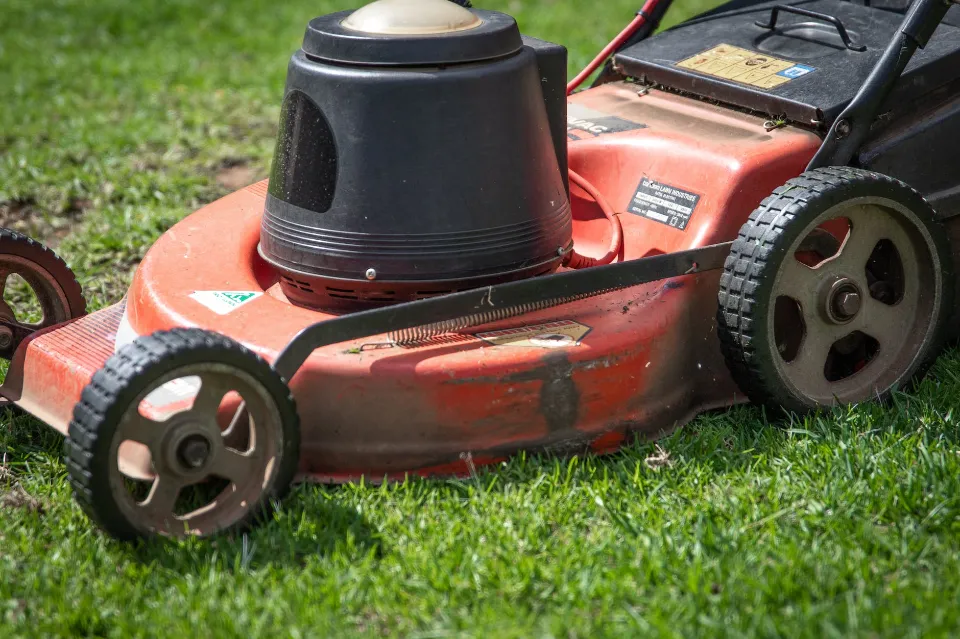For every homeowner, luxury vinyl flooring offers stunning visuals and advantages. But before installation can begin, it needs to acclimate.
The answer is that Luxury Vinyl Flooring (LVP) must adapt before installation. To ensure the longevity of your floors, the majority of vinyl flooring will need to be acclimated.
Although one of the most important processes, acclimation is occasionally disregarded. And we want you to know everything about it because we only want your best outcomes.
What is Flooring Acclimation and Why is It Important?
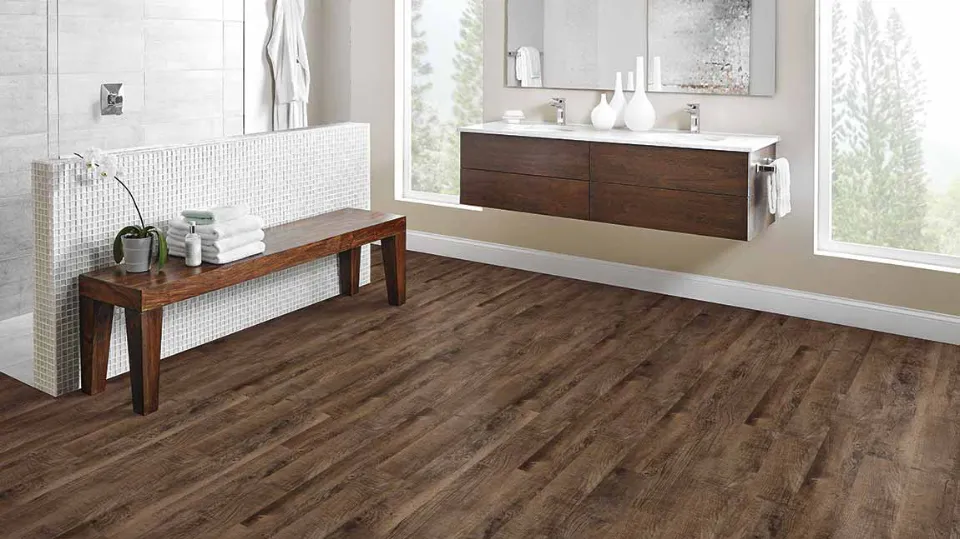
A crucial step in the pre-installation procedure is flooring acclimation. In essence, it gives your flooring materials time to adjust to their new climate and surroundings before installation. Why is this such a big deal?
Vinyl flooring is constructed with a highly porous, high-density core. Because of this, air can pass through the material, bringing with it a lot of humidity. Your vinyl may enlarge or reduce in size based on the humidity in your home. (Read More: How Does Humidity Affect Your Skin – Is It Good for Skin)
You’ll start to experience issues hours or even days after the installation is finished if you don’t give the vinyl enough time to properly acclimate before you begin. There will be gaps between the planks if the vinyl shrinks, causing the floor to pull apart.
If the vinyl expands, the planks will push against one another, become stuck, or buckle, making the floors uneven and uncomfortable to walk on. Installing before the acclimation process is finished may also void your warranty.
However, if you wait for the materials to adjust to the environment, you won’t experience these problems. This pre-installation requirement will ultimately help your flooring last longer.
If It’s Waterproof, Why Do I Need Acclimation?
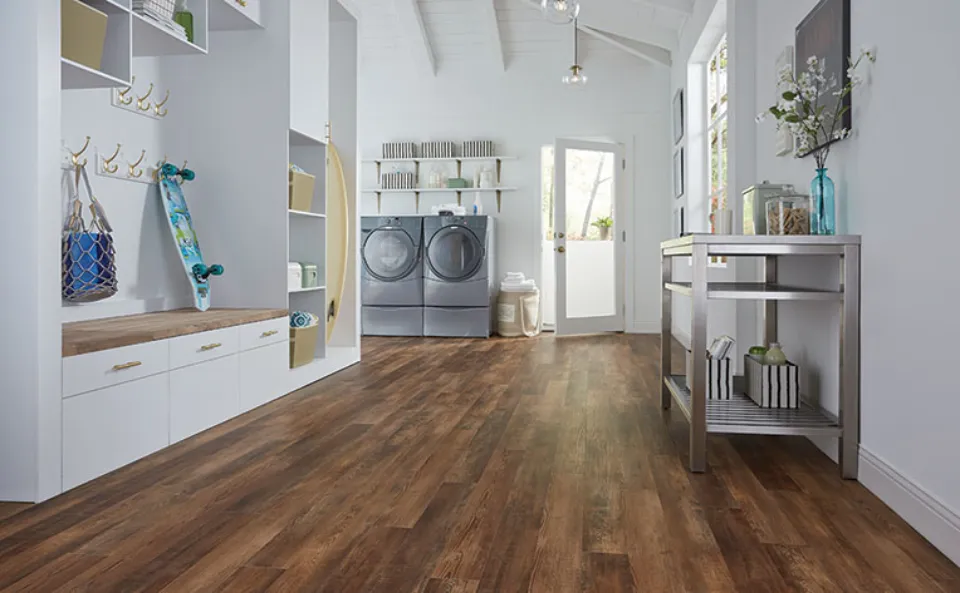
The core is porous whether it takes the form of luxury plank flooring or luxury vinyl tile. That means that although it appears to be solid, there are actually tiny air passageways. Although this is typically a good thing, if the air is too humid or dry, the material may shrink or gap.
Your warranty may include acclimation requirements as well. Any warranty will become void if it is not adhered to, which could lead to financial loss.
Types of Vinyl Flooring
The market is filled with different varieties of vinyl flooring. Understanding their differences may be essential to choosing the appropriate material for your home and comprehending the acclimation process.
Vinyl Plank
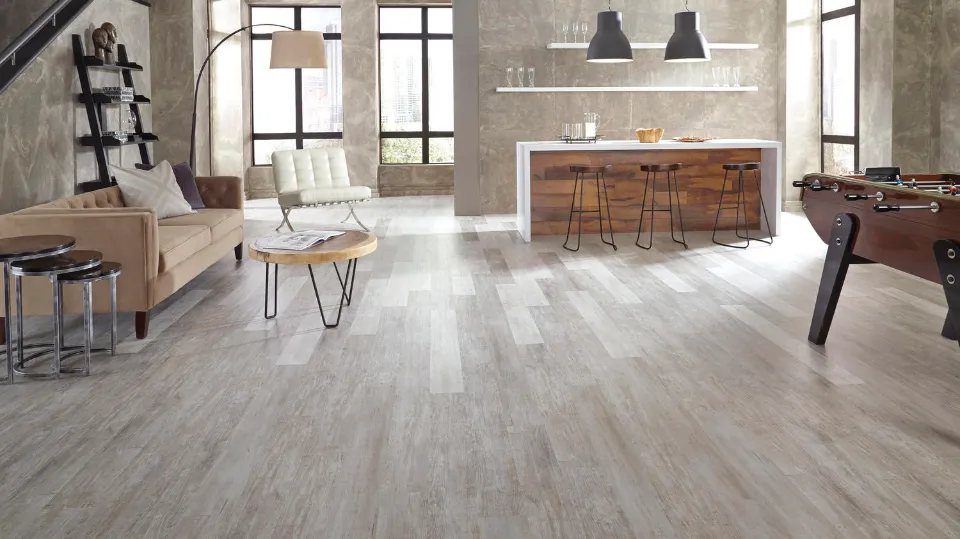
One of the most popular and widely used types of vinyl flooring is planks. They are fashionable, inexpensive, scratch-resistant, waterproof, and reasonably simple to install. They are made to resemble hardwood without all the upkeep and maintenance and are designed with durability in mind. (Read More: Does Vinyl Flooring Expand – How Much Does It Expand)
Vinyl Sheets
Rolls of vinyl sheets are available; these rolls are typically six to twelve feet wide. The sheets must be trimmed and cut to fit the space during installation. They frequently have a fiberglass core and are offered in a variety of colors.
SPC Vinyl
Stone Plastic Composite (SPC) vinyl, also referred to as Rigid Core Vinyl Flooring, is a revolutionary type of vinyl that is incredibly water-resistant, making it ideal for use in kitchens, bathrooms, and basements. Additionally, it is very easy to install, scratch-resistant, durable, and low maintenance.
WPC Vinyl
Similar to SPC vinyl, Wood Plastic Composite (WPC) vinyl differs from SPC vinyl in that its core is made of a wood-plastic composite as opposed to a stone-plastic composite. Because of this, the material is both scratch- and waterproof. It is the most like real hardwood you can get while maintaining vinyl’s strength and water resistance.
Which Types of Vinyl Flooring Need to Acclimate?
Since vinyl is highly porous and expands or contracts depending on its environment, it must all acclimate before being installed. There is no exception, so regardless of whether you are using vinyl planks, sheets, SPC vinyl, or WPC vinyl, you must give the material time to adjust to its new surroundings.
Although the expansion and contraction appear insignificant to the unaided eye, they will have a dramatic impact on the floors you have already installed. Actually, this isn’t just true for vinyl. You will need to give the materials time to acclimate, irrespective of the flooring type you select. Depending on the material, different times are required for acclimation.
Read More: Shaw Vinyl Plank Flooring Review 2023 – Is Shaw a Good LVP Brand?
How Long Does Vinyl Flooring Need to Acclimate?
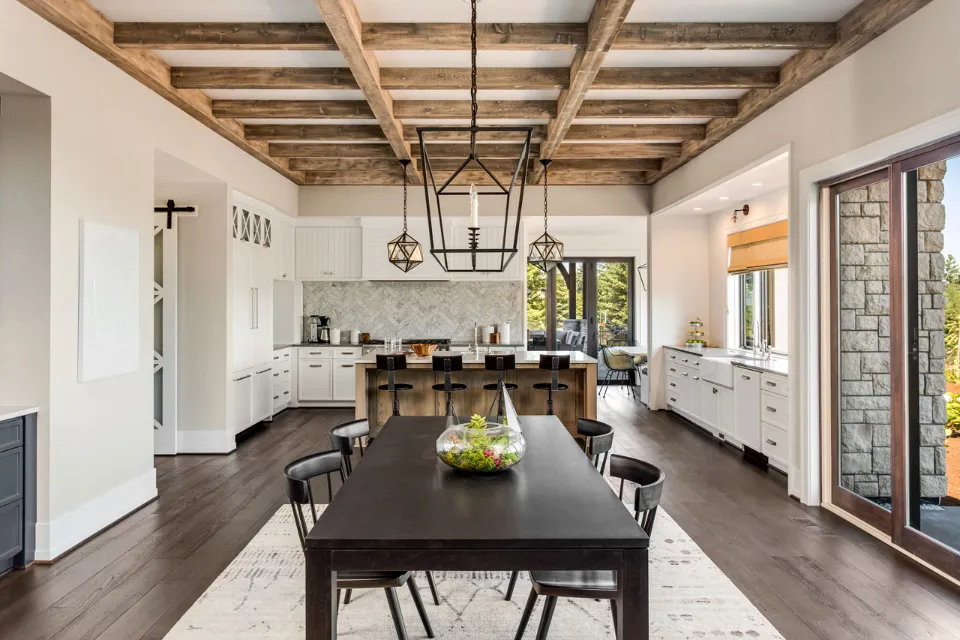
Before beginning the installation of vinyl flooring, you should let the materials sit in the room where they will be placed for 48 hours in the open air. This gives the vinyl plenty of time to fully expand or contract as a result of the air and humidity circulating.
What Does the Acclimation Process Look Like?
Place the materials in the room where they will be installed as soon as you have them available. Put the right materials in each room if you intend to install vinyl in several. You want to make sure they’re in the appropriate environment because there might be very slight variations in the humidity and air quality from one room to the next.
Taking the materials out of the box they came in will make the acclimation process much simpler. They can be stacked or spread out separately; neither option will significantly affect acclimation. The temperature in your home should remain between 59 and 80 degrees Fahrenheit throughout the entire pre-installation process.
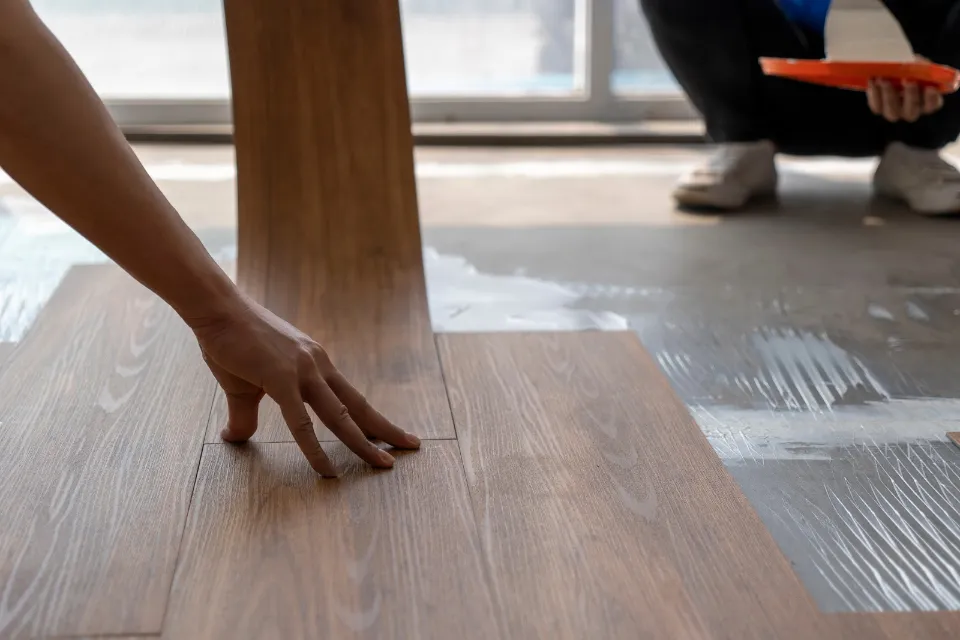
Final Thoughts
This article began with a very straightforward question: does vinyl flooring need to acclimate? You ought to be aware by this point that vinyl requires acclimatization.
This allows the material to adjust to the conditions inside your home. If you reside somewhere with extremely high or low humidity levels, it is even more crucial.
It will be a drastic change to move cold vinyl plank boards to a warm, humid environment. For this reason, you must wait at least 48 hours before installing the material to give it time to adjust to its new environment.
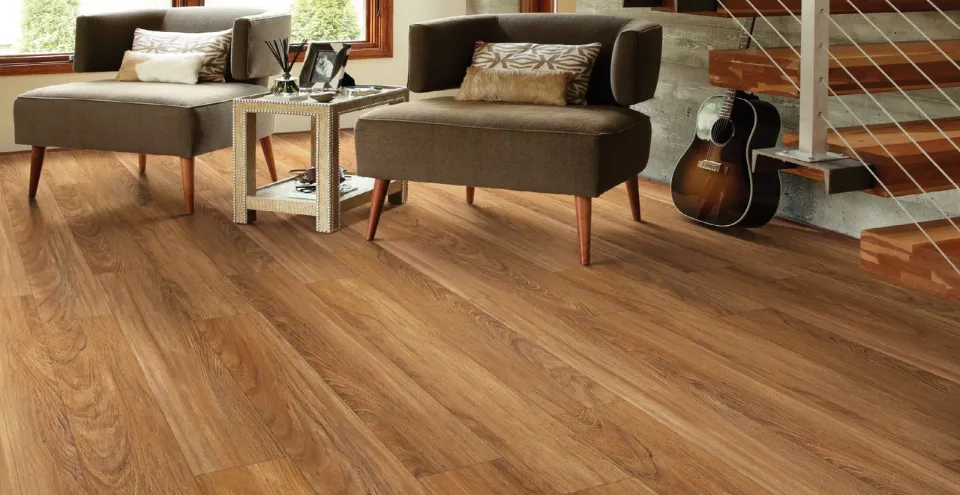
FAQs
What Happens If You Don’t Acclimate Vinyl Plank Flooring?
If vinyl isn’t given a chance to adjust, it will either expand or contract. When vinyl is moved from an extremely hot environment to one that is considerably cooler, it will contract. Your planks will develop gaps as a result of the floor beginning to pull apart.
How Long Does It Take for Vinyl Plank Flooring to Acclimate?
Although acclimation times can vary, a typical period is 72 hours. Assuring compatibility between the environment and the flooring is the aim. Be cautious to ensure acclimation because luxury vinyl flooring has tiny air pockets all over it. When installation can start, only your flooring expert will be able to tell you with certainty.
Do You Have to Let Vinyl Plank Acclimate?
Since vinyl is highly porous and changes in size in response to its environment, all of it needs to acclimate before being installed. There is no exception, so you must allow the material time to adjust to its new environment whether you are using vinyl planks, vinyl sheets, SPC vinyl, or WPC vinyl.
Does LVP Really Expand and Contract?
When exposed to changes in weather, including temperature, both luxury vinyl tile and vinyl plank flooring swell and shrink. Despite only being a few thousandths of an inch, the expansion and contraction can be significant.

